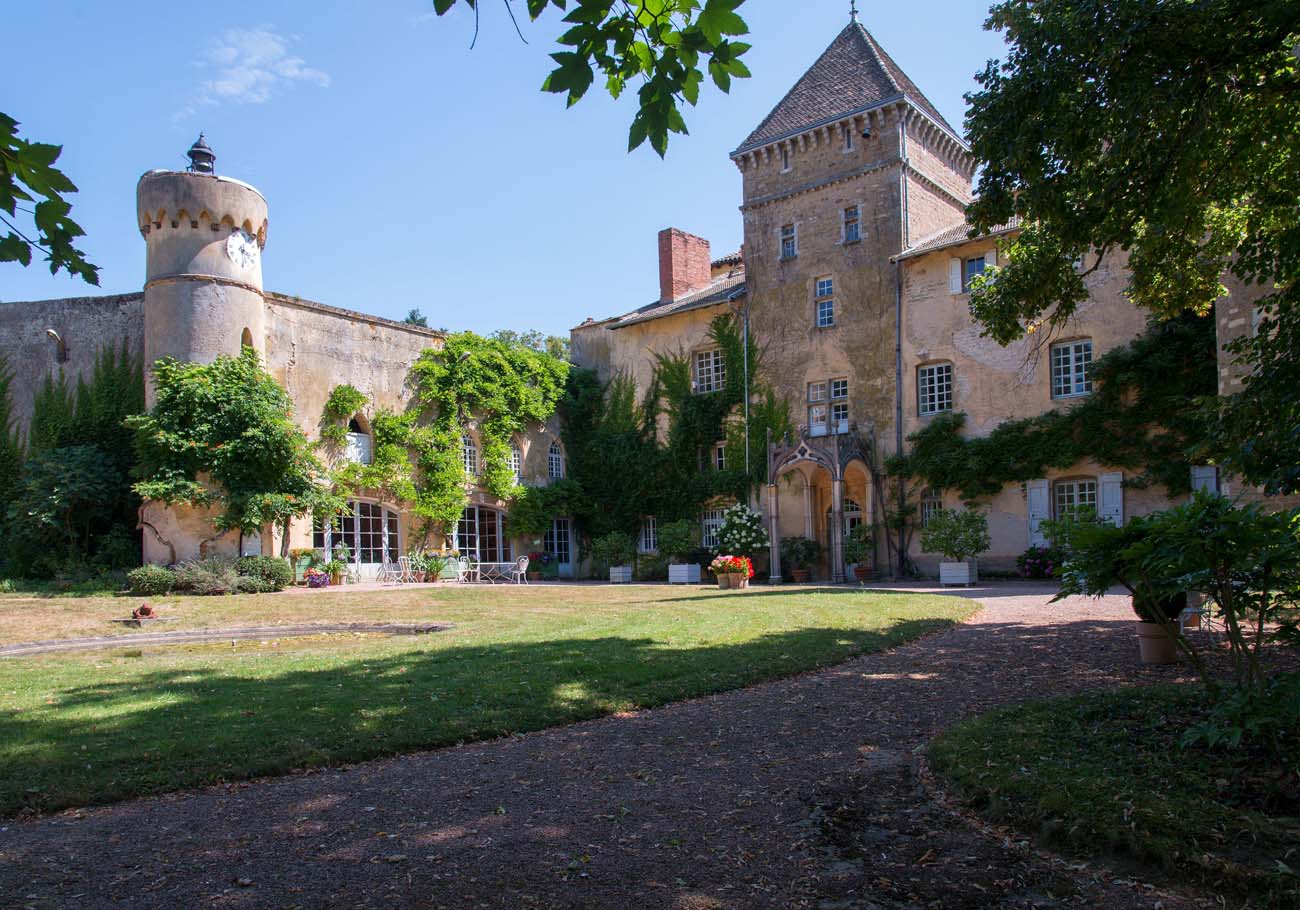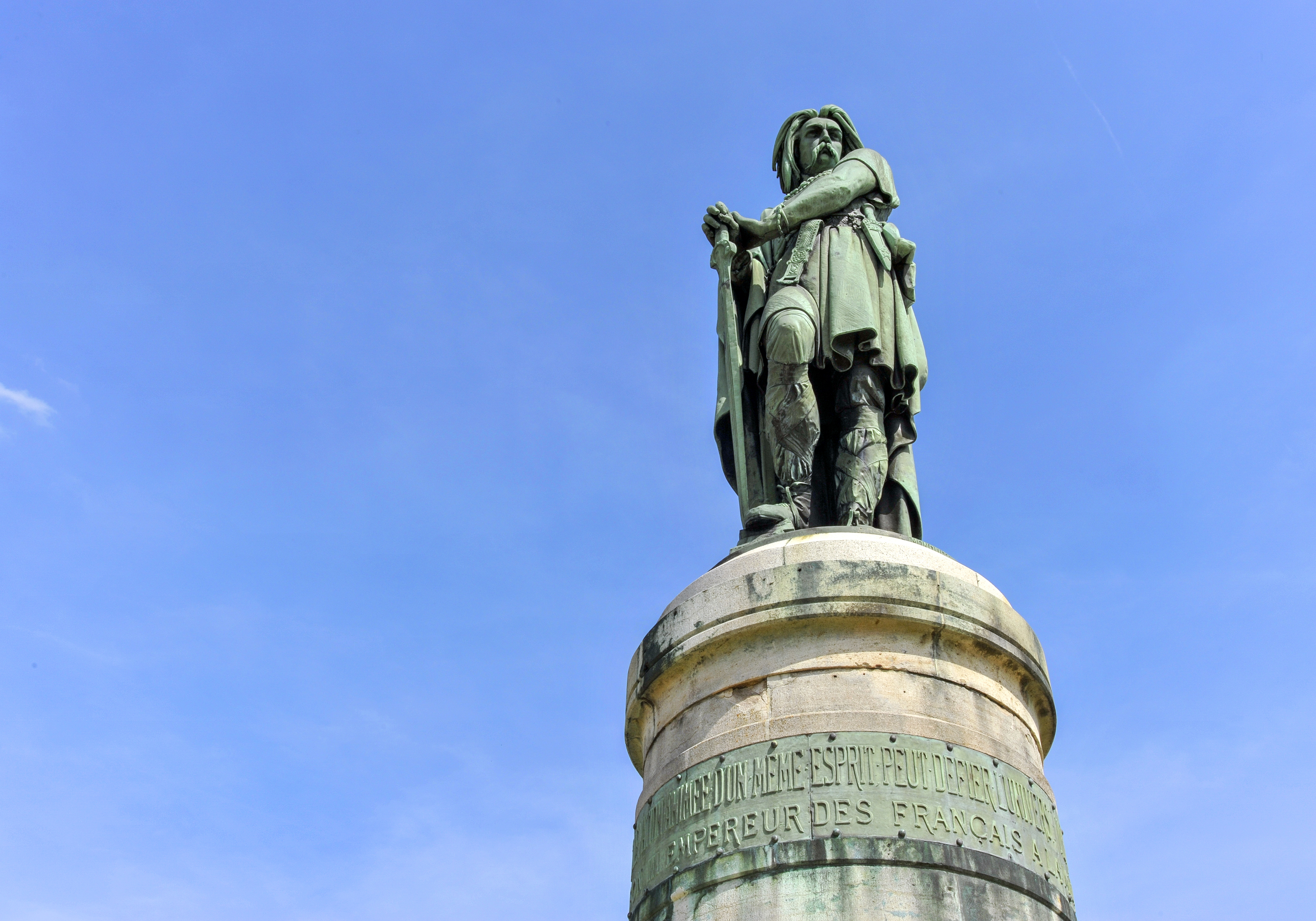In the footsteps of famous Burgundians
Over the past 2,000 years, some extraordinary people have lived, worked and created in Burgundy. You have probably already heard most of these famous names. We've chosen 10 of the most iconic and unmissable names, in our opinion. An opportunity to explore Burgundy in the footsteps of these famous men and women, and see the châteaus and towns that still bear the memories of their time there.

Vauban
Sébastien Le Prestre, marquis of Vauban, was born in 1633 in Northern Morvan, not far from the Château de Bazoches which would later be given to Vauban by the Sun King by way of a gratuity, and he refurbished it. He always kept a connection to his home region.

Lamartine
Alphonse de Lamartine, the great French romantic writer was born in Saône-et-Loire. He was both a writer and a poet, and always wrote about the charms of his homeland, producing some superb creations.
Come and follow the inspiration of this talented poet along the Route Lamartine, the highlight of which is his former family residence, the Château de Saint-Point.

Colette
Colette was an icon of La Puisaye (Yonne), and she grew up in her childhood home in Saint-Sauveur-en-Puisaye.
She was a gifted writer and decided to make a career out of it, which was quite a daring choice for a young woman at the end of the 19th century. She left for Paris where she became famous and lived a life of partying.

Roger de Rabutin
The Comte Roger de Bussy-Rabutin, cousin of Madame de Sévigné, was a member of the military, a writer and ... a ladies' man. He was particularly talented when it came to flirting.
He used his quill to reveal the romantic misdemeanours of the noblemen of Louis XIV's court. As a result, he was sent to the Bastille, then ordered to retire to his estates at the Château de Bussy-Rabutin, that he was free to decorate as he saw fit!

Cadet Roussel
The main character of the famous French children's nursery rhyme did in fact exist: Claude Roussel was a bailiff in Auxerre in the 18th century. The song lyrics mock this excentric, lively person, in a friendly manner.
Nobody thought that his name would be well known beyond the borders of the town, but soldiers from Auxerre loved to sing this song and so thanks to the army, it would quickly spread throughout France.

François Pierre de La Varenne
François Pierre de La Varenne was born in Dijon in 1618 and was the author of the very first "modern" recipe book. He broke the traditions of gastronomy of the Middle Ages and the use of spices! He wanted to get back to natural flavours, reduce the amount of sugar in desserts, and invent some new dishes. He was honoured to serve the Château de Cormatin.

Gabrielle Suchon, Émilie du Châtelet and Henriette d’Angeville
Three exceptional women once wandered the streets of the town of Semur-en-Auxois:
In the 17th century, Gabrielle Suchon fled from the town's convent to be able to devote her time to study. She is considered to be one of the very first feminists!
In the 18th century, the great mathematician Émilie du Châtelet was married to the governor of Semur-en-Auxois, and spent several years there.
Henriette d’Angeville, the "Fiancée du Mont-Blanc", was born there. She got this nickname because she was the first female mountaineer to climb Mont Blanc in 1838!

Comte de Buffon
In the Age of Enlightenment, Georges-Louis Leclerc, Comte de Buffon, devoted his life to the study of nature in all its forms. He went on to publish one of the greatest bestsellers of his time: Histoire Naturelle.
But it doesn't end there! The naturalist, known as Buffon, also worked in the metalworking industry. He created a forge for smelting ores and working metal.

THE leader of warriors
Vercingetorix
Come and meet Vercingetorix, the great chieftain and leader of warriors who led numerous Gallic tribes to face Julius Caesar in the year 52 B.C.
Welcome to where that famous battle actually took place, forever leaving its mark on the history of France.



